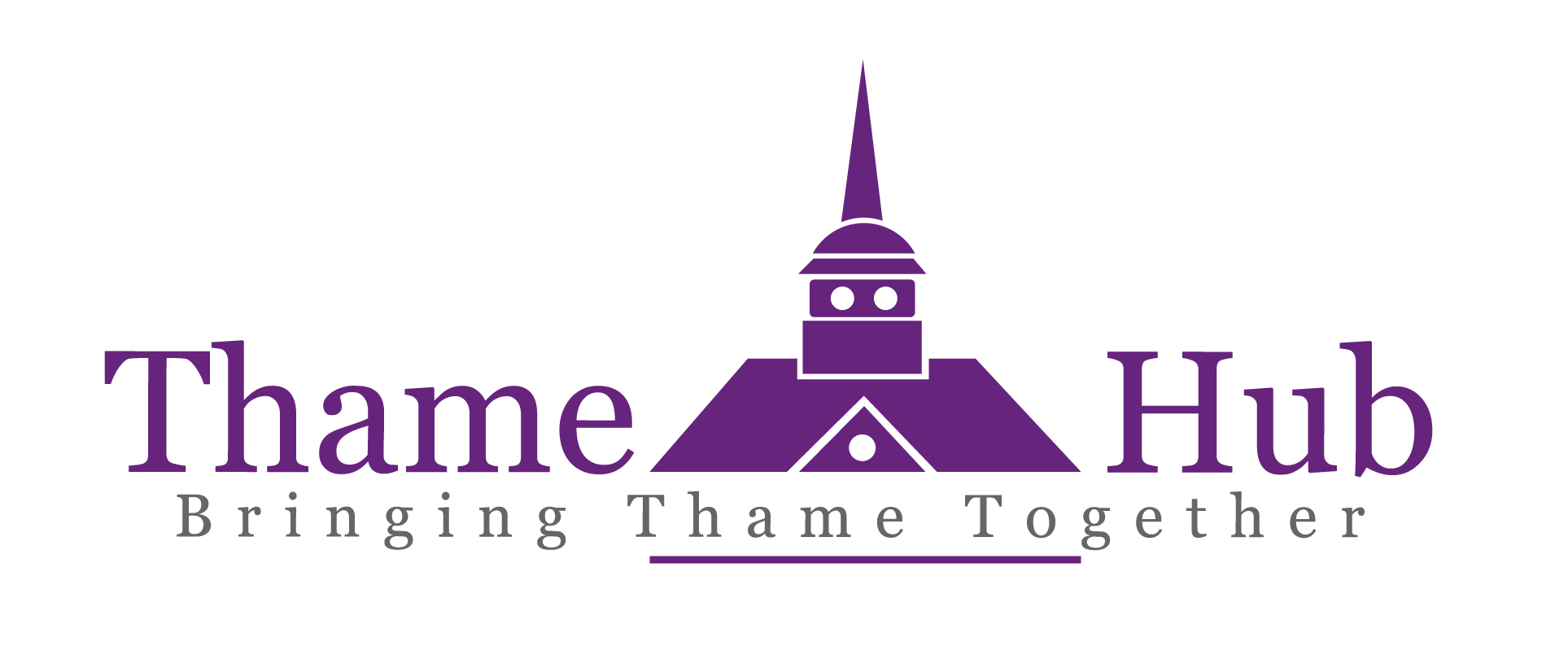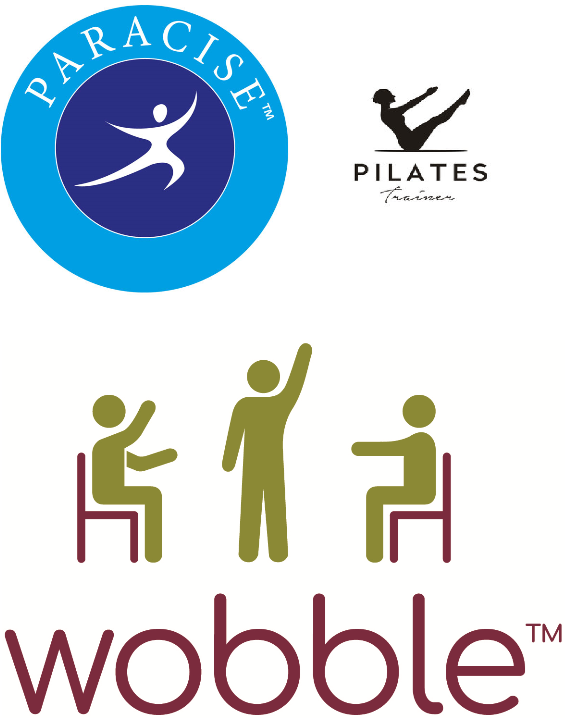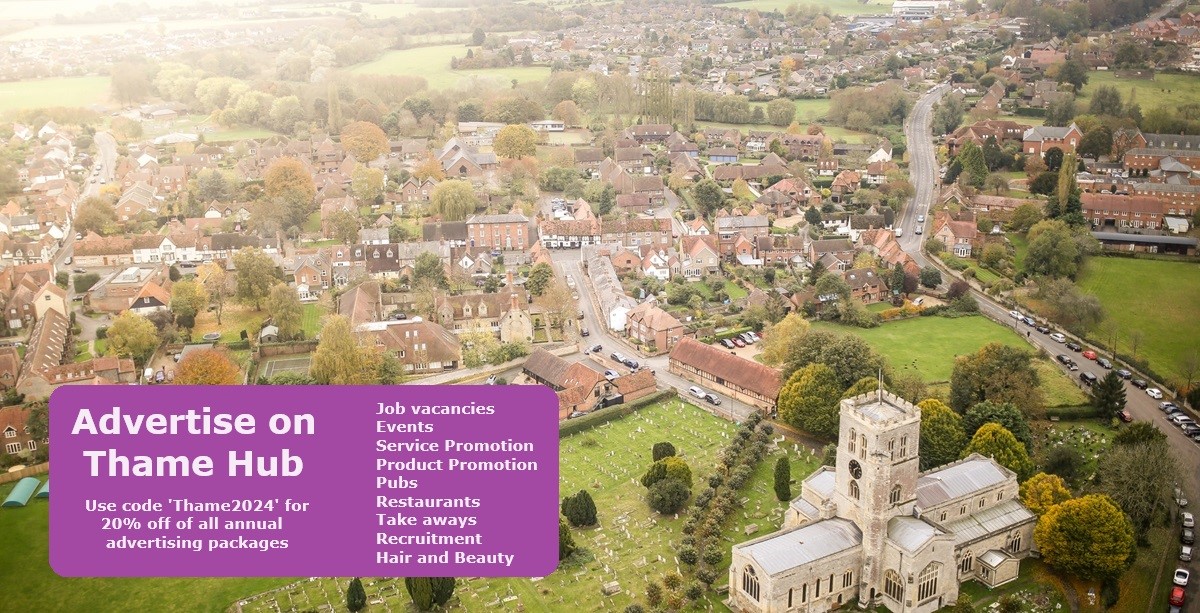Horse racing offers bettors an exciting blend of speed, strategy, and statistical analysis. One of the most important tools for making informed betting decisions is the racing form, which provides crucial data about the horses, jockeys, trainers, and previous race performances. If you’re new to horse racing or simply want to improve your betting strategy, learning how to read and interpret a racing form is essential. In this guide, we’ll break down the key elements of a racing form and show you how to use the data to enhance your horse racing betting experience.
What is a Racing Form?
A racing form is essentially a data-packed guide that details everything you need to know about the horses running in a race. It provides past performance statistics, key insights about the race itself, and relevant information about the jockeys and trainers. By understanding the data in a racing form, you can make more educated predictions about how a horse might perform in a given race.
While the amount of information might seem overwhelming at first glance, once you break it down into key sections, it becomes an incredibly valuable tool for any bettor.
Key Components of a Racing Form
1. Horse’s Name and Number
Each horse in the race is assigned a number, which is listed at the top of the form next to the horse’s name. This number corresponds to the horse’s post position or gate number, which is the stall from which the horse will start the race.
- Tip: Pay attention to the post position, as some tracks favor horses starting on the inside, while others may favor outside positions depending on track conditions.
2. Age, Sex, and Weight
Next to the horse’s name, you will see its age, sex, and weight. The weight listed includes the jockey’s weight and any additional allowances or penalties based on race conditions.
- Age: Generally, younger horses (2-3 years old) are still developing, while older horses (4-6 years old) are more seasoned and may be more consistent performers.
- Weight: Horses carrying less weight tend to have an advantage in terms of speed and stamina, although this depends on race conditions.
- Tip: A significant weight difference between horses could indicate a potential edge, especially in long-distance races where stamina becomes critical.
3. Jockey and Trainer Information
The racing form also provides the names of the jockey and trainer. Jockeys with high win percentages or those with previous success on a particular horse can often improve a horse’s chances of winning. Similarly, experienced trainers with a strong track record of preparing horses for specific races or distances are worth noting.
- Tip: Keep an eye on jockey-trainer partnerships. Some trainers consistently work with specific jockeys, and these partnerships can often result in winning combinations.
4. Race Distance and Conditions
The distance of the race is crucial for assessing a horse’s chances. Horses tend to perform better at certain distances based on their stamina and racing style. For example, sprinters excel in short races (up to 1 mile), while stayers are better suited to longer races (over 1.5 miles).
The form will also specify the track surface (dirt, turf, synthetic) and the condition of the track (fast, good, soft, or yielding). Different horses perform better on different surfaces and track conditions.
- Tip: Check the horse’s past performances on similar track conditions and surfaces to see if the horse has a history of excelling under similar circumstances.
5. Form Figures (Finishing Positions)
One of the most important aspects of the racing form is the horse’s recent form figures, which show how the horse has performed in its previous races. These are typically displayed as numbers (1st, 2nd, 3rd, etc.), letters, or symbols.
- Numbers (1, 2, 3, etc.): Indicate the horse’s finishing position in previous races. For example, a “1” means the horse won that race, “2” means it finished second, and so on.
- Letters:
- P: Pulled up (the horse was stopped during the race).
- F: Fell.
- U: Unseated rider.
- R: Refused to race or finish.
These form figures give you a snapshot of a horse’s recent performance and consistency. A string of high finishes (1st, 2nd, or 3rd) indicates a horse in good form, while poor recent results may suggest a horse is out of shape or facing tough competition.
- Tip: Look for horses that have consistently finished in the top 3 in their last few races, especially at similar race distances or conditions.
6. Going Preferences (Track Conditions)
Each horse’s form will show whether it performs better on a fast, firm, soft, or yielding track. The “going” refers to the track’s condition based on weather and surface. A wet track is often referred to as “soft” or “heavy,” while a dry track may be listed as “firm” or “fast.”
- Tip: If rain is forecast and the track is likely to be soft, check for horses with proven ability to perform well on softer ground, as this can greatly influence the outcome of the race.
7. Past Performances (Race Details)
The past performance section of the racing form provides a detailed account of the horse’s previous races. Key details include:
- Race Date and Venue: The date and location of the previous race.
- Race Class and Grade: Races are divided into classes or grades based on the quality of the horses involved. Higher-class races attract more competitive horses.
- Race Distance and Conditions: Provides information about the distance and track conditions of previous races.
- Finishing Position: The horse’s position at the finish line, as well as the margin of victory or defeat (measured in lengths).
- Speed Figures: Some forms provide speed figures that quantify the horse’s overall performance in a race. Higher numbers indicate faster times and better performances.
- Tip: Compare the horse’s past performances under similar conditions to assess whether it’s likely to replicate good form or underperform.
8. Odds
Odds reflect the likelihood of a horse winning according to bookmakers. While the odds are based on the general consensus of a horse’s chances, they can also provide insight into how the betting market views each competitor.
- Tip: Horses with shorter odds are considered favourites, but there’s often value in betting on outsiders that have favourable form and race conditions, especially if they’re overlooked by the market.
How to Use the Racing Form for Effective Betting
Now that you understand the key components of the racing form, the next step is using this data to make informed betting decisions. Here are a few strategies to help you interpret the form and place smarter bets:
1. Look for Consistent Performers
Consistency is a key indicator of a horse’s reliability. Horses that have consistently placed in the top 3 in their recent races are more likely to maintain that form in similar conditions.
- Tip: Combine consistency with the horse’s preferred track conditions and distances. If a horse has a strong record over today’s distance and surface, it’s a strong contender.
2. Consider the Class Drop or Rise
If a horse is dropping in class (moving from a higher-quality race to a lower one), it may have an advantage over its competitors. Conversely, a horse moving up in class will face tougher competition, which may reduce its chances of winning.
- Tip: A horse moving down in class after a string of strong performances in tougher races can often present good betting value.
3. Watch for “Bounce” Factor
Horses coming back from a long layoff or a particularly taxing race may experience the “bounce” factor, where their performance declines due to fatigue or lack of recent race experience.
- Tip: Be cautious when betting on horses returning from a long break or one that has just run a demanding race, especially if they haven’t had time to recover.
4. Assess Jockey and Trainer Form
A top jockey or a trainer with a strong record at the track can make a big difference. A horse paired with a leading jockey and an experienced trainer often has a better chance of winning.
- Tip: Look for combinations of successful trainers and jockeys that have a history of winning together, especially if they’ve had success with the same horse in previous races.
5. Compare Speed Figures
If speed figures are available, use them to compare how horses stack up against one another. Speed figures are particularly helpful in races with a close field, where determining which horse has the edge can be challenging.
- Tip: Focus on speed figures earned in races under similar conditions to today’s event for the most accurate assessment.
Using Racing Forms on Horse Racing Betting Sites
Once you’ve become familiar with reading and interpreting racing forms, you’re ready to use this knowledge when placing bets. Many horse racing betting sites provide racing form data directly on their platforms, allowing you to quickly analyse horses, jockeys, and race conditions before placing your bet. Look for sites that offer comprehensive form guides and tools to compare horses, making your betting experience more informed and enjoyable.
Decoding the racing form is an essential skill for anyone serious about horse racing betting. While the form may seem dense at first, understanding the key elements—such as form figures, race conditions, jockey and trainer information, and past performances—will give you the insights needed to make smart, informed bets. As you gain experience, using racing forms will become second nature, helping you identify value bets and increase your chances of success in the exciting world of horse racing.













